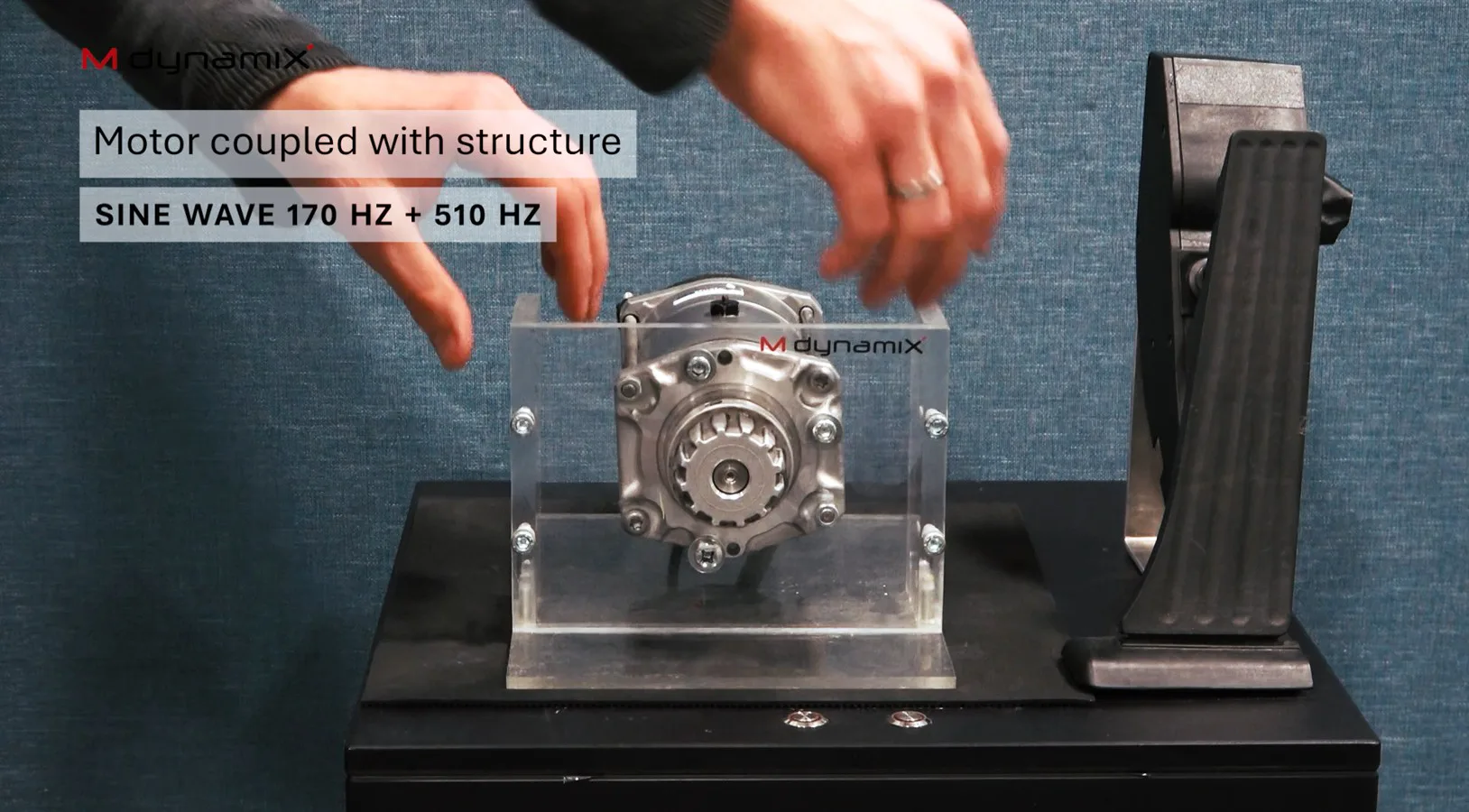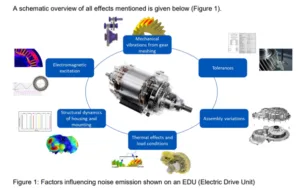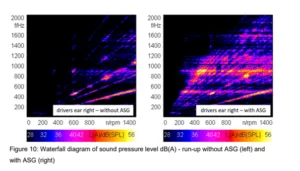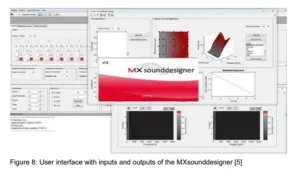Active Sound Design with Active Sound Generation Technology: How EVs Create a Distinctive Sound Without Additional Components

Electric vehicles are quiet – too quiet to fully convey emotion, character, and, most importantly, safety in traffic. But instead of relying on artificial loudspeakers or expensive sound artistry, an innovative approach from MdynamiX demonstrates how unwanted noises can be eliminated while allowing electric motors themselves to become sound sources. With Active Sound Generation (ASG) technology, an authentic, characteristic sound is created – without the need for any additional hardware. This article explains how engineering and acoustics merge to give electric vehicles a distinctive acoustic identity that not only complies with safety regulations but also inspires enthusiasm.
Engine sounds are more than just an acoustic backdrop: they provide essential information for our safety and help us identify vehicles by sound – whether a car is approaching or moving away, or distinguishing between a sports car and a compact car. Electric vehicles, however, challenge this familiar perception. Their quiet, often characterless sound – combined with unwanted background noise – can seem emotionally flat and even pose safety risks.
To effectively protect pedestrians, EU Regulation No. 540/2014 has required acoustic warning signals – known as Acoustic Vehicle Alerting Systems (AVAS) – since April 2014. For some manufacturers, the goal is to create an authentic, futuristic sound that remains recognizable to pedestrians without imitating the character of conventional combustion engines. At the same time, the distinctive sound signature of a combustion engine can also be recreated – can effect that some manufacturers deliberately pursue.
Interestingly, many OEMs initially prefer to commission high-profile composers rather than focus directly on technically elegant solutions – prioritizing elaborate sound artistry first, and engineering later.
This raised an intriguing question: Where does an electric motor get its sound when it lacks the familiar voice of a combustion engine? While the common solution is to install additional loudspeakers, our research shows that, through optimized design of the electric drivetrain (ARRK Engineering) combined with Active Sound Generation (MdynamiX), it is possible to create a unique and characteristic sound entirely without external components.
From Component to Sound Source: A Holistic Approach to Sound Design for EVs
At the Dritev conference as part of the VDI Knowledge Forum in Baden-Baden, Annika Rotteveel (MdynamiX) and Maximilian Zinner (ARRK Engineering) presented their methods and approaches for acoustically optimizing electric drivetrains throughout the entire development process – from reducing unwanted vibrations in individual components to simulating acoustic properties and actively shaping the overall sound design.
The focus is on early analysis of the acoustic behavior of individual components. This makes it possible to predict and influence a vehicle’s sound characteristics as early as the design phase.
The key factors influencing noise emissions in drivetrains include:
- Electromagnetic excitation
- Mechanical vibrations caused by gear meshing
- Tolerances and assembly deviations
- Structural dynamics of housings and mounts
- Thermal effects and load conditions
By using simulation – computational models that predict acoustic behavior – unwanted noises can be identified and minimized while accounting for mechanical, acoustic, and thermal interactions. At the same time, this opens up possibilities for deliberately designing characteristic sound patterns. The result is a vehicle sound that is not random, but actively managed: disturbing frequencies are suppressed, pleasant ones emphasized.
What’s particularly remarkable about ASG technology is that it requires no additional loudspeakers or external components. Instead, existing elements such as the inverter, electric motor, and transmission are used as sound emitters. This not only reduces cost and weight but also minimizes the number of potentially failure-prone parts.
For sound enthusiasts, the key appeal of ASG technology lies in its sound quality. The authentic radiation behavior of the traction machine is a decisive factor here. Because the sound waves are emitted directly from the vibrating structure of the machine, they generate genuine, audible air pressure waves.
Of course, an electric motor is not a high-end loudspeaker – the physical principles and limitations are different – but that’s exactly what makes it so intriguing. The result is a highly realistic and vibrant sound reproduction that goes far beyond what conventional, air-transmitted loudspeakers can achieve.
The Innovative Path to an Acoustic Identity for Electric Vehicles
This approach unites several objectives: meeting regulatory requirements such as AVAS, eliminating unwanted noises, and creating a distinctive, emotionally engaging vehicle sound. In this way, an electric vehicle can, much like a combustion engine, establish an acoustic presence and express identity through sound.
Now that the Active Sound Generation technology offers an elegant, space- and cost-efficient solution, the art of composition can take center stage. First comes the meticulous engineering that gives the EV its authentic acoustic identity – and then comes the artistry.
Sound Design with the MXsounddesigner
To realize this sound design, MdynamiX has developed its own software tool: the MXsounddesigner. Serving as an interface for the ASG function, it enables precise adjustment of technical sounds to specific operating conditions. Parameters such as tone color and dynamics can be fine-tuned to create a precise, situational sound experience.
Do you have questions about our approaches and methods? Get in touch with us!
Active Sound Design + Active Sound Generation – The Method in Brief
This work demonstrates a holistic approach to reducing unwanted noises and creating intentional acoustic signatures – without relying on external sound generators.
- Early suppression of unwanted vibrations
- Simulation and prediction of acoustic behavior
- Targeted excitation of the electric motor to generate characteristic sound profiles
- Integration into a lightweight, hardware-free solution
The result: Quiet, efficient electric drives that not only perform but also sound unique – evoking emotion and setting themselves apart from the competition.
More information on Acoustics + Control R+D Services




